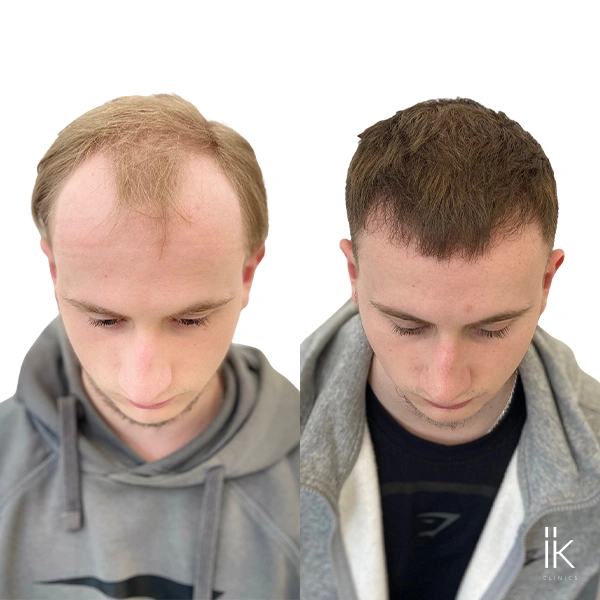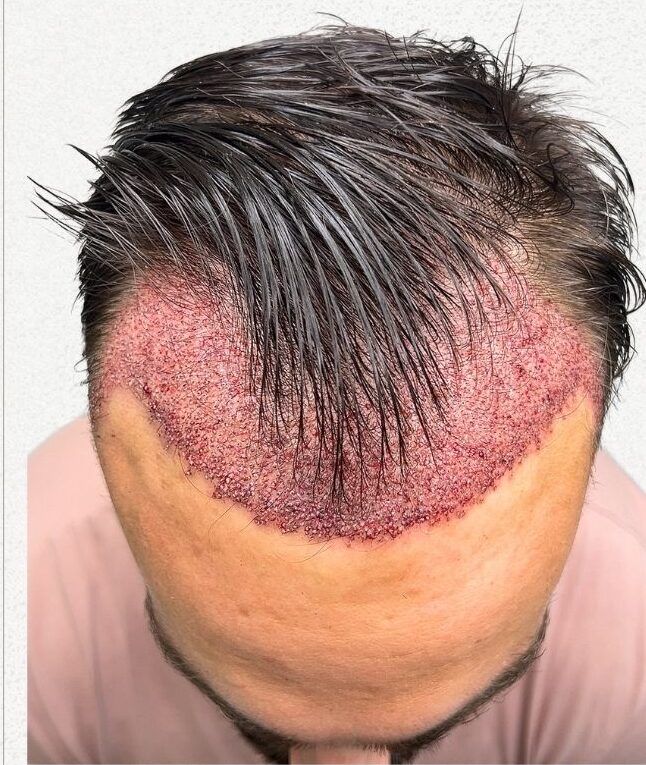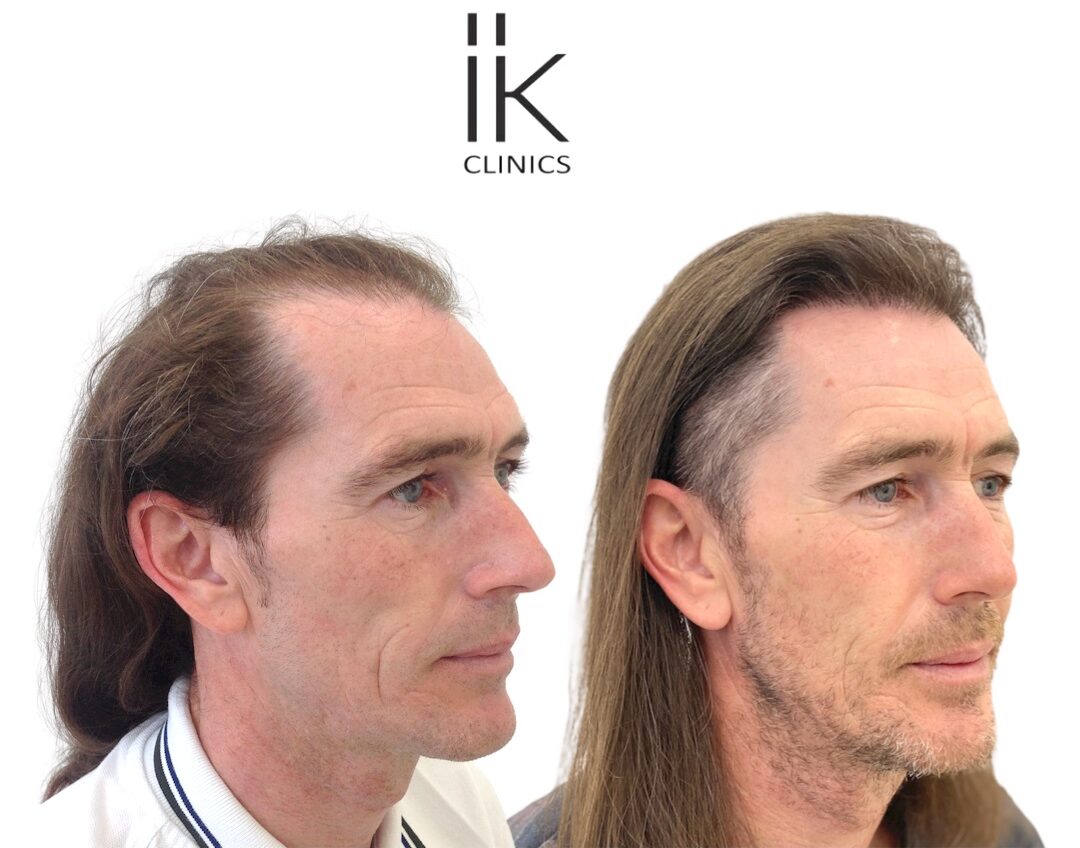Hair loss can be frustrating, and with hair transplants becoming more accessible, the temptation to fix the problem early is understandable. But is a hair transplant the right solution at such a young age?
There’s a lot of misinformation out there about when and why you should get a hair transplant. Some believe acting early is the best approach, while others assume transplants are only for older men.
In reality, timing is everything. Understanding the risks, alternatives, and the best age for a transplant can help you make an informed decision.
The Risks of Getting a Hair Transplant Too Early
A common misconception is that getting a hair transplant early can stop hair loss from getting worse. The truth is, hair transplants are not a cure for baldness. They work by moving hair follicles from a donor area, typically the back of the head, to thinning or balding areas. However, they do not stop ongoing hair loss in surrounding areas.
One major risk of getting a transplant too young is that hair loss is usually progressive. If you undergo surgery in your early 20s, there’s a good chance that the areas around the transplanted hair will continue to thin over time.
This can lead to an unnatural appearance, where the transplanted hair remains thick, but the rest of the scalp continues to lose density. Many young patients who rush into transplants later find themselves needing multiple surgeries to maintain a balanced look.
Another concern is the unpredictability of hair loss patterns at a young age. In your early 20s, it’s difficult to determine how much hair loss you will experience in the future. A poorly planned transplant could place hair in areas that may not align with your natural hairline as you continue to lose more hair.
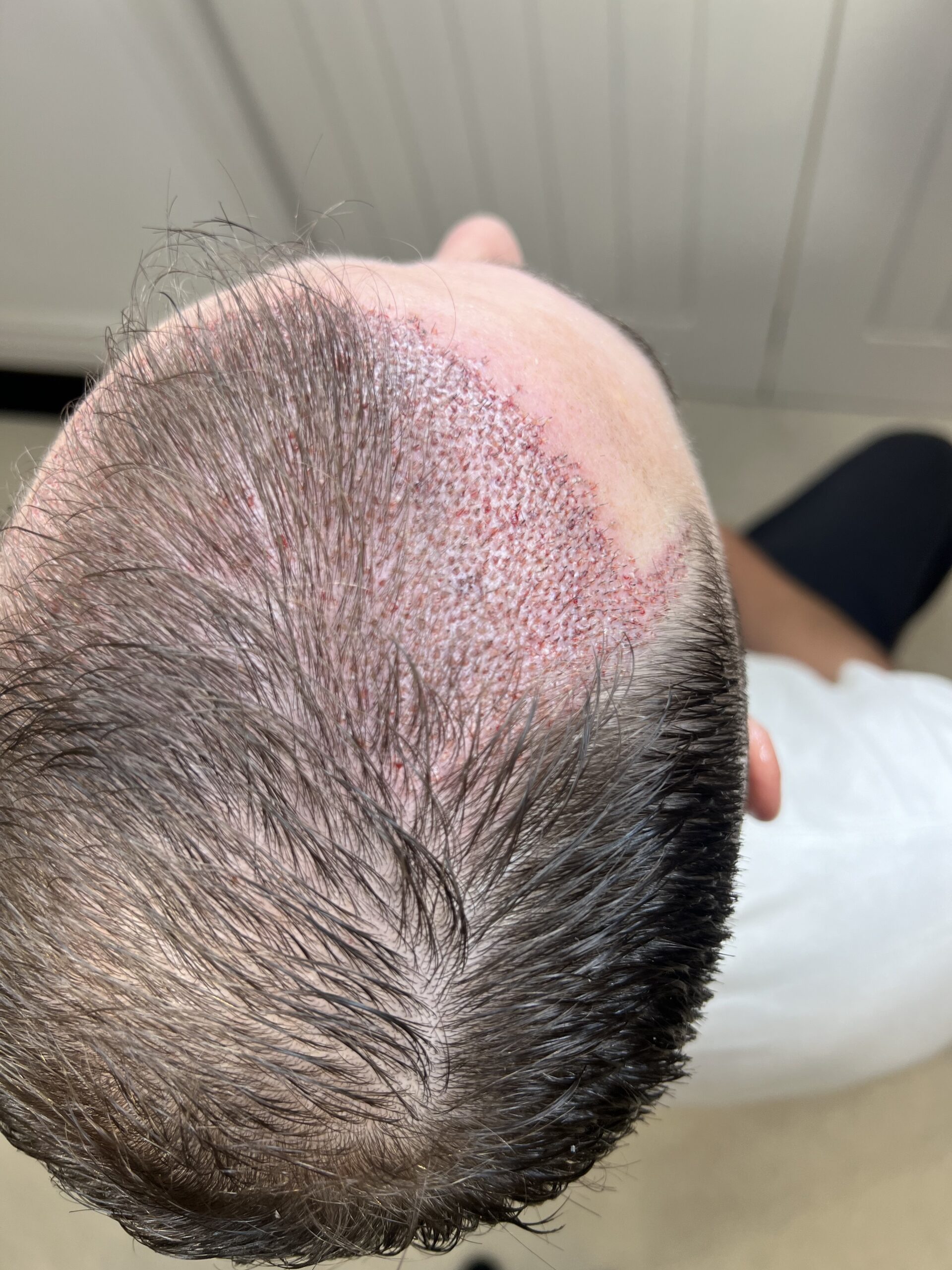
Debunking Common Myths About Age and Hair Transplants
One of the biggest myths about hair transplants is that they can prevent future baldness. This is simply not true. A transplant only redistributes existing hair – it does not stop the biological process that causes hair loss in the first place.
If hair loss is due to male pattern baldness, it will continue unless managed with additional treatments.
Another misconception is that it’s best to get a transplant as soon as hair loss starts. While it may seem logical to act quickly, this approach can backfire. Since hair loss is ongoing, an early transplant can lead to patchy or uneven results over time, requiring further surgeries to correct.
Many also believe that hair transplants work the same at any age. In reality, the best outcomes depend on the stability of hair loss and the availability of donor hair. Younger patients often have an unstable hair loss pattern, making it harder to predict long-term results.
What Is the Best Age for a Hair Transplant?
There is no strict rule about the ideal age for a hair transplant, but most experts recommend waiting until at least the mid-to-late 20s or early 30s. By this stage, the hair loss pattern is usually more predictable, making it easier to create a natural and lasting result.
For many men, waiting until their 30s or even 40s is a better choice, as hair loss tends to slow down with age. This means the surgeon can design a hairline that looks good now and continues to look natural in the future.
It’s important to consult with an experienced hair transplant surgeon, like our team at IK Clinics, who can assess your individual case. A good surgeon will evaluate whether your hair loss is stable enough for a transplant and whether alternative treatments may be more suitable in the short term.
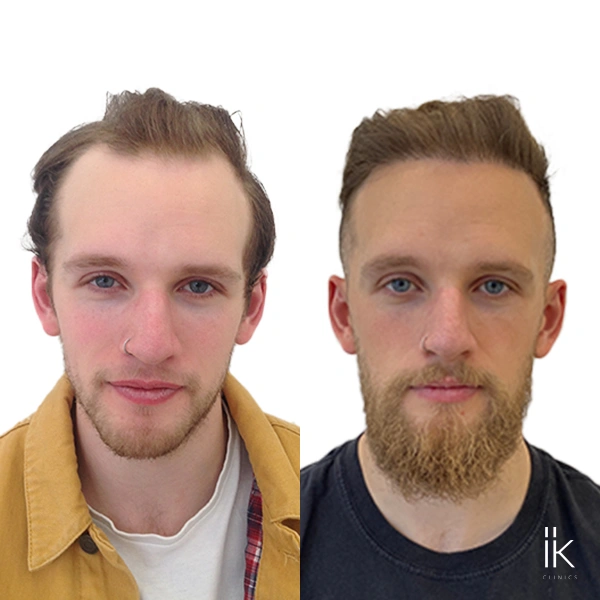
Alternatives to Hair Transplants in Your 20s
For those experiencing early hair loss, there are several effective treatments that do not involve surgery.
Medications such as finasteride and minoxidil can help slow down hair loss and, in some cases, even stimulate regrowth. Finasteride works by blocking the hormone responsible for male pattern baldness, while minoxidil is a topical treatment that improves blood flow to hair follicles.
Another option is Platelet-Rich Plasma (PRP) therapy, a non-surgical treatment that uses the patient’s own blood to promote hair growth. This can be an effective way to strengthen thinning hair and delay the need for a transplant.
Lifestyle changes can also play a role in managing hair loss. Factors such as stress, poor diet, and lack of sleep can contribute to thinning hair. Maintaining a balanced diet, reducing stress levels, and following a proper hair care routine can help preserve existing hair.
For those looking for a cosmetic solution without surgery, scalp micropigmentation (SMP) can create the appearance of fuller hair by adding tiny pigment dots to the scalp. This is especially useful for those with thinning hair who want to enhance the look of density.
When a Hair Transplant Might Be a Good Idea
While most young men are advised to wait, there are some cases where a hair transplant in the late 20s may be suitable.
If a person’s hair loss has stabilised and there is sufficient donor hair available, a skilled surgeon may consider them a candidate for surgery. However, even in these cases, a conservative approach is best. A natural-looking, gradual restoration is always preferable to a drastic change that may not age well.
It’s crucial to choose a reputable and ethical hair transplant surgeon who prioritises long-term results over quick fixes. A good surgeon will provide honest advice and may even recommend waiting longer before going ahead with a procedure.

Final Thoughts: Should You Wait?
Deciding whether to get a hair transplant in your 20s is a big decision, and patience is key.
Rushing into surgery too soon can lead to unnatural results and ongoing maintenance procedures in the future. Instead, focusing on alternative treatments, lifestyle changes, and expert advice can help manage hair loss until the right time for a transplant arrives.
A well-timed hair transplant can be life-changing, but only if done at the right stage of hair loss. By taking the time to understand your hair loss pattern and exploring all available options, you can ensure that when you do undergo a transplant, it will provide natural, long-lasting results.
About IK Clinics
At IK Clinics, we are proud to stay at the forefront of global hair restoration trends, offering a variety of advanced techniques to meet the diverse needs of our clients. From FUE, PRP to Stem Cell Therapy, we ensure that every client’s treatment is tailored to their personal goals, helping them regain not just their hair but also their confidence.
Interestingly, we don’t just stop at hair restoration treatments, our highly skilled team also offers a range of anti-aging treatments.
